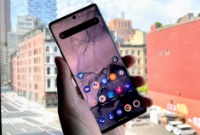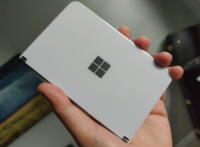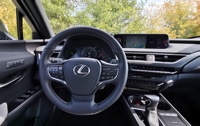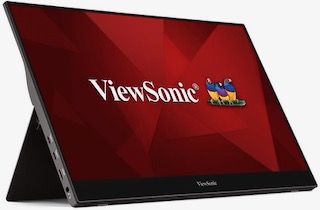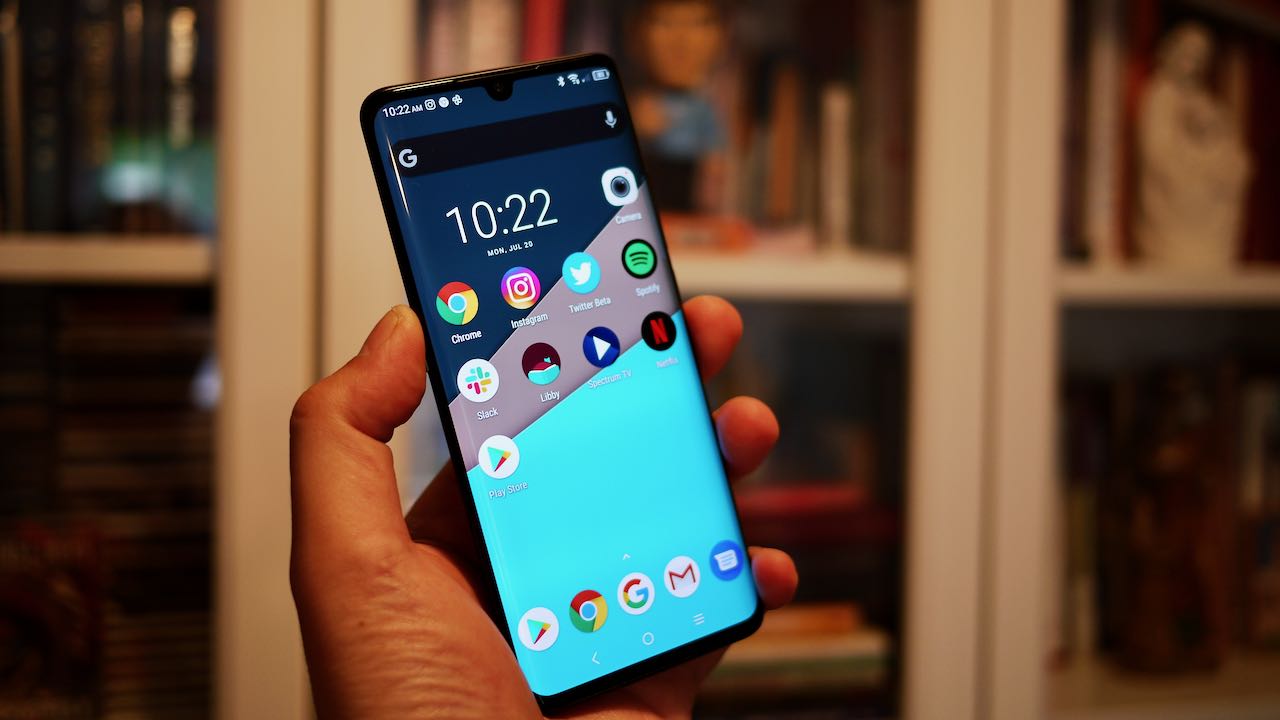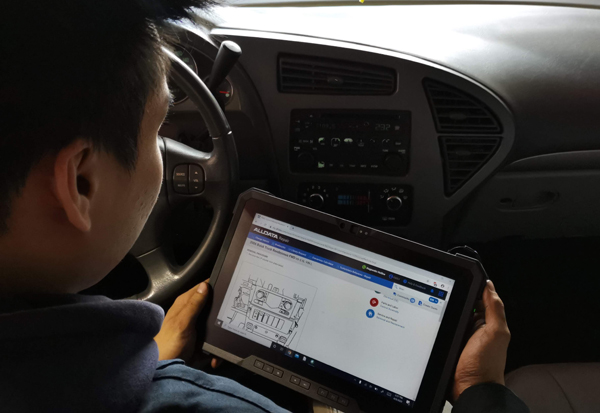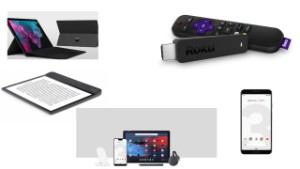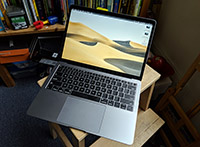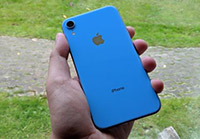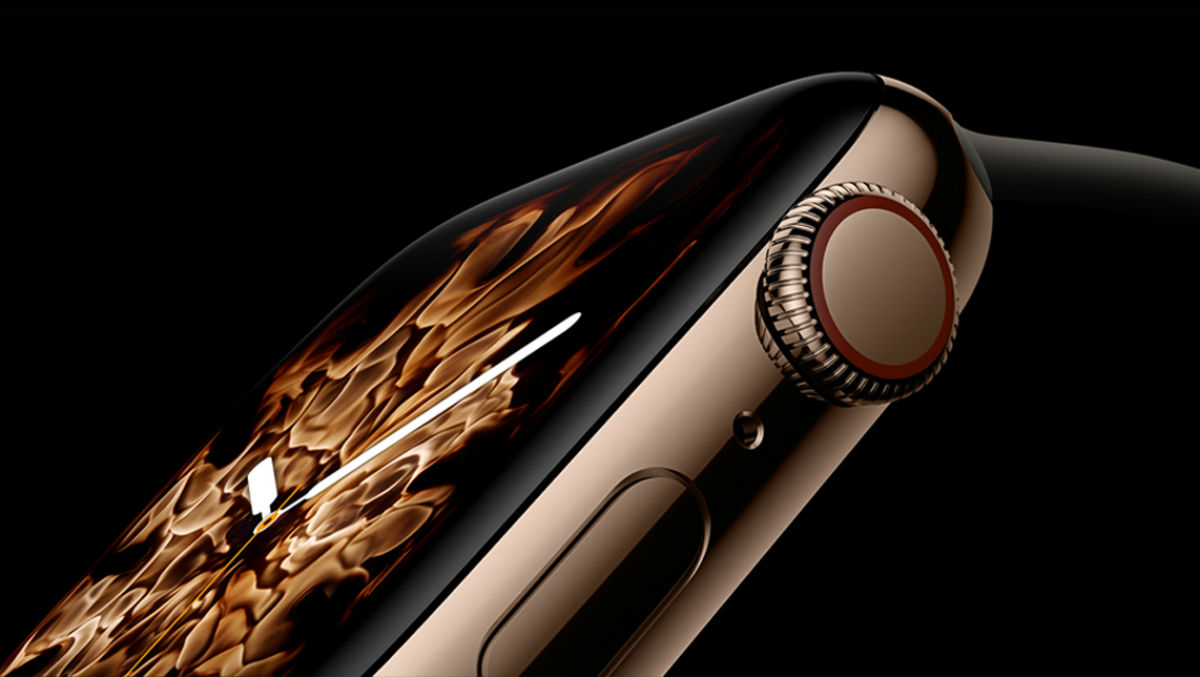ASUS goes premium with new ZenFone 3 line of smartphones
 Monday, May 30, 2016 at 10:40AM
Monday, May 30, 2016 at 10:40AM ASUS has just announced a series of ZenFone 3 smartphones. ASUS says that these new smartphones set a new standard in design and innovation while maintaining ASUS’ leadership in providing intelligent feature sets in an affordable package. Coming to North America in Q3, this is ASUS' most comprehensive release in various smartphone categories.
Starting with the ZenFone 3 Deluxe, a 5.7-inch Full HD device with (1920 by 1080) AMOLED display featuring a gamut of over 100% NTSC color space for rich, vibrant colors even in harsh, outdoor lighting. Inside, ZenFone 3 Deluxe has a powerful Qualcomm Snapdragon 820 Series processor and up to 6GB RAM to deliver the best performance for demanding apps, games, and media.






